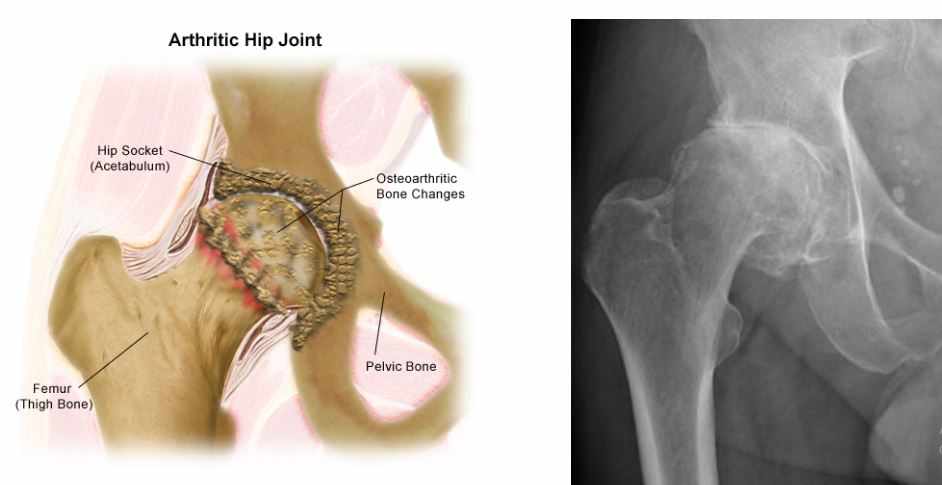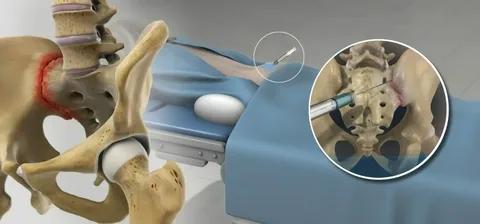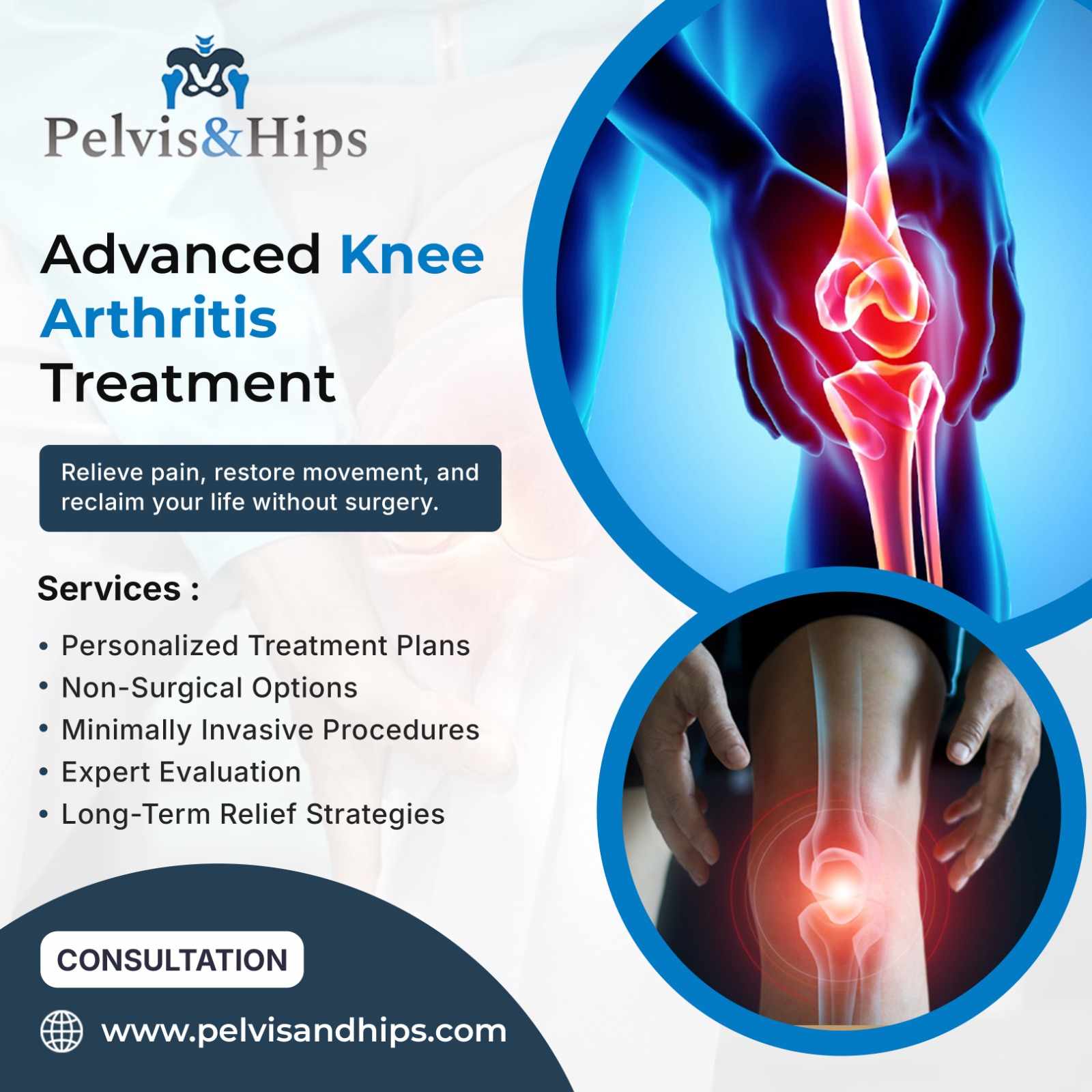
The pelvis is a complex and vital part of the human body, serving as the structural base for the spine and the attachment point for the lower limbs. It supports organs like the bladder, intestines, and reproductive systems. When pelvic health is compromised, it can lead to discomfort, pain, and decreased quality of life. In this blog, Dr. Khitish Mohanty—renowned orthopedic specialist with a focus on pelvic conditions—shares insights on some of the most common pelvic disorders, their causes, symptoms, and treatment options.
Understanding Pelvic Anatomy
Before diving into specific conditions, it's important to understand the role of the pelvis in the body. The pelvis comprises several bones including the ilium, ischium, pubis, and sacrum. These bones form a ring that provides stability and flexibility. It houses and protects reproductive organs in women and contributes significantly to body posture and movement in all individuals.
Pelvic conditions can stem from bones, joints, muscles, ligaments, nerves, or internal organs. Dr. Mohanty emphasizes that identifying the source of the issue is crucial to providing effective treatment.
1. Pelvic Fractures
Pelvic fractures can range from minor cracks to life-threatening injuries. Dr. Mohanty explains that these often occur due to:
High-impact trauma (e.g., road traffic accidents)
Falls in elderly individuals with osteoporosis
Sports injuries
Symptoms:
Severe pain in the hip or groin
Difficulty walking or bearing weight
Swelling or bruising around the pelvis
Treatment:
Stable fractures may be treated conservatively with rest, pain management, and physiotherapy. Unstable or displaced fractures often require surgical intervention to realign bones and stabilize the pelvic ring.
2. Pelvic Inflammatory Disease (PID)
PID is a common condition affecting women, caused by infection of the reproductive organs, often linked to sexually transmitted infections (STIs) like chlamydia or gonorrhea.
Symptoms:
Pelvic or lower abdominal pain
Abnormal vaginal discharge
Pain during intercourse or urination
Irregular menstrual bleeding
Dr. Mohanty underscores the importance of early diagnosis, as untreated PID can lead to infertility, ectopic pregnancy, and chronic pelvic pain.
Treatment:
Antibiotics to eliminate infection
Hospitalization in severe cases
Follow-up to ensure resolution and prevent recurrence
3. Pelvic Organ Prolapse
This condition affects women when the pelvic floor muscles weaken, causing organs like the bladder, uterus, or rectum to drop into or outside the vaginal canal.
Causes:
Childbirth, especially vaginal deliveries
Aging and menopause
Chronic coughing or heavy lifting
Obesity
Symptoms:
Feeling of fullness or pressure in the pelvis
Visible bulge from the vaginal opening
Urinary incontinence or difficulty urinating
Difficulty with bowel movements
Treatment:
Mild cases may benefit from pelvic floor exercises (Kegels) or a pessary device. Severe prolapse may require surgical repair. Dr. Mohanty stresses the importance of a tailored approach based on the patient’s lifestyle and overall health.
4. Endometriosis
A chronic condition where tissue similar to the lining of the uterus grows outside the uterus, leading to inflammation and pain.
Symptoms:
Painful menstrual cramps
Chronic pelvic pain
Pain during intercourse
Infertility
Endometriosis is often underdiagnosed, says Dr. Mohanty, as many women normalize period pain. Early evaluation by a specialist is key to effective management.
Treatment:
Pain relievers and hormonal therapy
Laparoscopic surgery to remove endometrial tissue
Fertility treatment if needed
5. Hip Labral Tears
Although not always classified as a pelvic condition, hip labral tears often present with pelvic or groin pain and are frequently misdiagnosed.
Causes:
Repetitive motion (common in athletes)
Hip abnormalities like femoroacetabular impingement (FAI)
Trauma
Symptoms:
Sharp groin or hip pain
Clicking or locking sensation
Stiffness or limited range of motion
Diagnosis usually involves MRI scans. Treatment ranges from physical therapy to arthroscopic surgery depending on severity.
6. Sacroiliac Joint Dysfunction
The sacroiliac (SI) joints connect the spine to the pelvis. Dysfunction in these joints can cause lower back and pelvic pain.
Symptoms:
Pain on one side of the lower back or buttocks
Worsening pain when standing, climbing stairs, or walking
Referred pain to the groin or upper thigh
Treatment:
Physical therapy to strengthen stabilizing muscles
Anti-inflammatory medication
Injections or radiofrequency ablation in chronic cases
Dr. Mohanty often evaluates SI joint involvement in cases where standard back pain treatment fails.
7. Chronic Pelvic Pain (CPP)
CPP is a multifactorial condition defined by pain in the pelvic region lasting six months or more. It can result from various causes—urological, gynecological, musculoskeletal, or psychological.
Symptoms:
Persistent, dull, or sharp pelvic pain
Discomfort during daily activities
Fatigue and emotional distress
Dr. Mohanty highlights the need for a multidisciplinary approach. Diagnosis may require pelvic exams, imaging, and even diagnostic laparoscopy.
Treatment:
Combination of physical therapy, medication, counseling
Trigger point injections or nerve blocks
Laparoscopic exploration in select cases
Preventive Tips for Pelvic Health
Dr. Mohanty advocates for proactive pelvic health, especially for women and older adults. His top tips include:
Maintain a healthy weight to reduce pressure on pelvic structures
Practice safe sex and regular STI screenings
Do pelvic floor exercises regularly
Manage chronic coughing or constipation
Avoid excessive lifting or strain
When to See a Specialist
Pelvic discomfort is not something to ignore. Dr. Mohanty advises patients to seek medical attention if they experience:
Unexplained pelvic pain lasting more than a few days
Pain during sex or urination
Irregular menstrual bleeding
Mobility issues due to groin or hip pain
History of trauma or accident affecting the pelvic area
Early diagnosis and treatment significantly improve outcomes, especially for conditions like fractures, endometriosis, and PID.
Final Thoughts
Pelvic conditions can affect anyone—young or old, male or female. Despite being common, they are often misunderstood or misdiagnosed. Thanks to specialists like Dr. Khitish Mohanty, patients have access to expert care that addresses the root causes of pelvic pain and dysfunction.
Whether you're recovering from a sports injury, managing a chronic condition, or seeking guidance for unexplained discomfort, understanding your pelvic health is the first step toward healing.
If you’re experiencing symptoms or have concerns about your pelvic health, don't hesitate to consult a qualified specialist. As Dr. Mohanty often says, “Early intervention can make all the difference.”










Write a comment ...